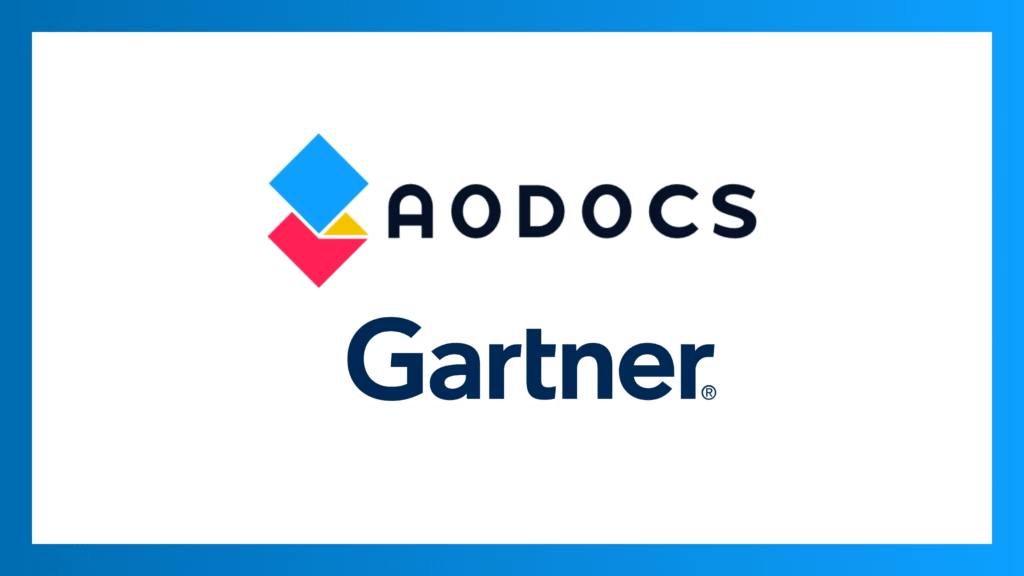With Germany’s 2025 GoBD update tied to the e-invoicing mandate, businesses must now archive invoices in both human-readable and original XML formats. The shift reinforces GoBD’s core principles of immutability and audit-readiness—standards that may influence compliance thinking across Europe, much like SEC and FINRA rules shape recordkeeping in the U.S.
For companies operating in Germany—or with German business ties—the GoBD framework remains a key requirement: it governs how tax-relevant data must be recorded, retained, and protected. While not a law per se, GoBD carries legal weight—failure to comply can result in fines or audit complications.
The 2025 amendments, introduced alongside Germany’s e-invoicing mandate, bring new clarity to how e-invoices must be stored. Businesses are now required to ensure that electronic invoices are archived in their original, machine-readable XML format, alongside any human-readable versions, and that the archived data meets the accessibility, and audit-readiness standards defined in the GoBD. Just as SEC and FINRA rules demand rigorous, audit-ready records for U.S. financial institutions, GoBD emphasizes immutability, traceability, and structured recordkeeping as core compliance principles.
Understanding GoBD
The GoBD (Grundsätze zur ordnungsmäßigen Führung und Aufbewahrung von Büchern, Aufzeichnungen und Unterlagen in elektronischer Form sowie zum Datenzugriff) is an administrative regulation from Germany’s Federal Ministry of Finance. It clarifies obligations under Germany’s Fiscal Code (§§ 146 and 147 AO) concerning digital bookkeeping, record retention, and data access.
Key principles include:
- Traceability and verifiability of all entries and records
- Immutability — once data is recorded, it must remain unchanged
- Timely and systematic recording of business transactions
- 10-year retention of tax-relevant digital documents
- Documentation of IT systems and processes
- Ensuring auditor access to records when required
The 2025 update places special emphasis on e-invoice archiving: companies must store invoices in both human-readable and original structured data formats, maintain them in a compliant archive system, and ensure they can be accessed by auditors without alteration. GoBD applies to both digital and paper documents—especially when they are created, received, or stored electronically—and covers a comprehensive range of tax-relevant records, not just receipts.
Common Pitfalls in GoBD Compliance
Organizations often stumble when implementing GoBD, and the 2025 update introduces new challenges and risks tied to the e-invoicing mandate. Common pitfalls now include:
- Incorrect e-invoice archiving — storing only the human-readable PDF or print version, but not the original structured XML data required under the amended rules.
- Storing records in formats that can’t be reproduced exactly, compromising authenticity.
- Failing to maintain version history or audit logs, hindering traceability.
- Inadequate enforcement of retention periods or inconsistent deletion practices.
- Scattered systems with no centralized oversight or governance for audit readiness.
The e-invoicing changes mean companies can no longer treat invoice retention as a “PDF filing” exercise — both the machine-readable source data and any human-friendly formats must be preserved in compliance with immutability, accessibility, and auditability requirements. Businesses that overlook this are likely to fail an audit, even if other bookkeeping processes are sound.
Such issues can lead to audit challenges—or worse, penalties for noncompliance.
Building a Strong GoBD Compliance Framework
Compliance with GoBD—and safeguarding against audit complications—requires a methodical approach:
- Immutable storage to preserve original content and deter tampering
- Centralized archives to ensure consistency and governance across teams
- Detailed audit trails, capturing every access, change, and transfer
- Automated retention policies, aligned with statutory schedules
- Secure, role-based access controls, balancing security with usability
These steps help ensure records remain reliable, accessible, and defensible over time.
Why GoBD Is Worth Knowing Beyond Germany
GoBD often inspires similar thinking about data integrity across Europe, although it doesn’t carry direct force outside Germany. While it serves more as an example than a template, it can inform recordkeeping rigor expected in other jurisdictions. Being aware of these requirements—especially new rules on digital invoice archiving—is essential for companies that need to meet regulatory bookkeeping obligations across various territories and regulatory frameworks.
GoBD offers a concrete example of how strict digital recordkeeping principles may be applied in a regulatory context—especially regarding immutability, auditability, and long-term retention. Companies with operations in or connections to Germany must comply, and others may find it informative when evaluating or designing their own compliance frameworks.
While some EU member states impose retention periods of 5–10 years for tax-related records, the details vary significantly by country. In that regard, while not a standard adopted elsewhere, GoBD can serve as a reference point.
How AODocs Compliance Archive Supports GoBD—and Similar Needs
Drawing on the same strengths that help U.S. financial institutions comply with SEC and FINRA requirements, AODocs’ Compliance Archive is an effective solution for GoBD compliance:
- Built-in immutability features, version control, and audit logging
- Automated retention schedules customized for German (and potentially other) regulatory periods
- Centralized compliance dashboards granting oversight across offices and functions
- Seamless integration with Google Workspace, preserving workflows while enforcing compliance
AODocs helps organizations meet GoBD’s demands today, while staying adaptable for any evolving compliance standards across Europe or beyond.
Learn More:



